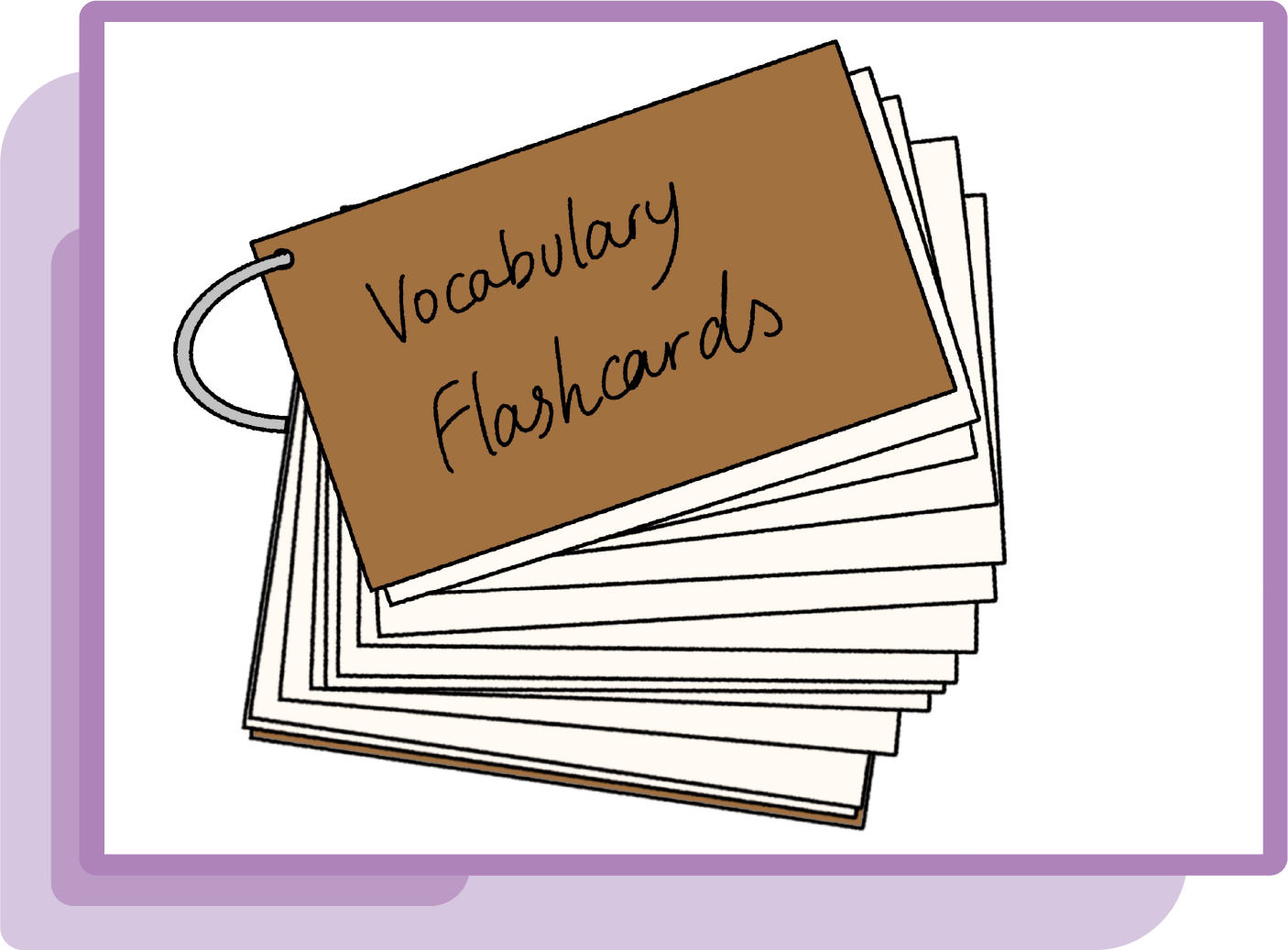
Introduction
In the evolving landscape of education, the digital
classroom has become a pivotal space for learning,
collaboration, and skill development. As parents, teachers,
mommy bloggers, and young learners navigate this virtual
realm, understanding the dynamics and harnessing the
benefits of online education is crucial. This guide is a
roadmap through the digital classroom, offering insights,
practical tips, and strategies to make the online learning
experience effective and enriching for all involved.
Section 1: The Rise of Digital Learning Platforms

Understanding Digital Education
Collaborate with parents, teachers, and mommy bloggers to
explore the rise of digital learning platforms. Discuss the
evolution of online education, from the early days of e-learning
to the sophisticated platforms available today. Highlight the
benefits of digital education, including accessibility, flexibility,
and personalized learning experiences.
Types of Digital Learning Platforms
Engage in a dialogue about the diverse array of digital learning
platforms. Collaborate on creating lists that categorize
platforms based on their focus—whether it’s interactive lessons,
skill development, language learning, or STEM education. Share
insights on how parents, teachers, and students can choose
platforms that align with their educational goals.

Section 2: Parental Involvement in Online Learning

The Role of Parents in Digital Education
Discuss the pivotal role parents play in their child’s digital
education journey. Collaborate on strategies for fostering a
positive home learning environment, setting realistic
expectations, and providing the necessary support. Share tips for
staying informed about the curriculum, monitoring progress, and
facilitating effective communication with teachers.
Balancing Screen Time
Engage with parents, teachers, and mommy bloggers to address
concerns about screen time in digital education. Collaborate on
developing strategies for balancing screen time with other
activities, ensuring that young learners maintain a healthy
balance between online and offline experiences. Share tips for
incorporating breaks, outdoor activities, and non-digital learning
into daily routines.

Section 3: Effective Online Teaching Strategies

Adapting Teaching Methods to the Digital Space
Collaborate on exploring effective teaching strategies tailored to
the digital environment. Engage with teachers and mommy
bloggers to discuss how to adapt traditional teaching methods
to online platforms, making lessons engaging, interactive, and
conducive to student participation.
Utilizing Educational Technology
Discuss the integration of educational technology in online
teaching. Collaborate on creating lists of tools and applications
that enhance the learning experience, including interactive
whiteboards, educational games, and collaborative platforms.
Share success stories of teachers leveraging technology to
create dynamic virtual classrooms.

Section 4: Supporting the Social and Emotional Well-being of Students

Addressing Social Isolation
Engage in a conversation about the potential challenges of
social isolation in the digital classroom. Collaborate on
strategies for promoting social interactions, group projects, and
virtual events that foster a sense of community among students.
Share tips for educators to create inclusive and supportive
virtual learning environments.
Emotional Support in the Virtual Space
Discuss the importance of emotional support for students in the
digital space. Collaborate with parents, teachers, and mommy
bloggers to share resources on promoting mental health,
addressing stressors, and fostering emotional well-being in
young learners. Share strategies for recognizing signs of distress
and providing appropriate support.

Section 5: Enhancing Digital Literacy Skills

Digital Literacy in the Curriculum
Collaborate on the integration of digital literacy skills into the
curriculum. Engage with teachers, parents, and mommy bloggers
to discuss the importance of teaching students how to navigate
the digital world responsibly. Share insights on incorporating
lessons on online safety, critical thinking, and effective internet
research.
Building Tech-Savvy Learners
Discuss strategies for building tech-savvy learners who are
adept at using digital tools for learning. Collaborate on creating
lists of age-appropriate resources that help students develop
proficiency in various digital skills, including online collaboration,
coding, and multimedia creation.

Section 6: Creating Engaging Virtual Learning Environments

Interactive and Collaborative Lessons
Engage with teachers and mommy bloggers to explore
strategies for creating interactive and collaborative lessons in
the virtual space. Discuss the use of breakout rooms, discussion
forums, and multimedia content to keep students engaged and
foster active participation.
Incorporating Project-Based Learning
Collaborate on the incorporation of project-based learning in
the digital classroom. Discuss the benefits of hands-on projects,
group assignments, and real-world applications that allow
students to apply their knowledge and skills in meaningful ways.

Conclusion

As we navigate the digital classroom, the key lies in
collaboration and adaptability. By collaborating with parents,
teachers, and mommy bloggers, we create a supportive
ecosystem where the online learning experience becomes not
just a necessity but an opportunity for growth and exploration.
May the digital classroom serve as a gateway to a future
where education is accessible, engaging, and empowering for
all. Happy learning!




